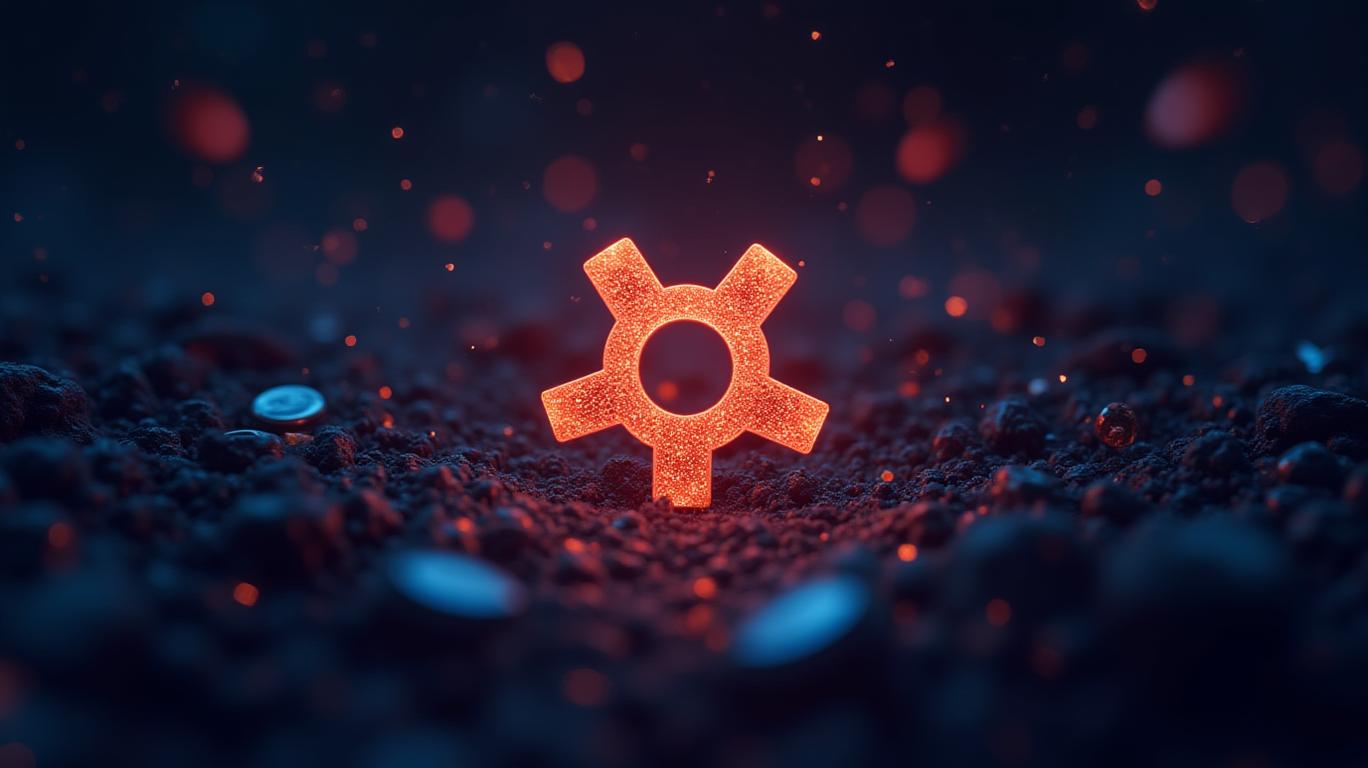Rust Powers Blockchain Innovation with 100% Memory Safety
Rust, a programming language initially developed by Mozilla researcher Graydon Hoare in 2006, has become a cornerstone in modern blockchain development. Hoare's motivation stemmed from the frequent failures of an elevator in his apartment building, which he attributed to the buggy nature of the software written in older languages. This led him to create Rust, a language designed for efficient memory management, concurrency, performance, and safety.
Rust's popularity has surged, with major tech companies like
, Web Services, Discord, , and adopting it. Its straightforward syntax and robust memory management make it an ideal choice for developing decentralized applications (dApps). Unlike languages that require a garbage collector, Rust's memory safety ensures fewer bugs and performance issues, making it particularly attractive for blockchain development.Rust's advantages in blockchain development are manifold. Its memory safety eliminates the need for a garbage collector, reducing runtime overheads. Additionally, its vibrant developer community and expansive ecosystem of tools provide extensive support for software development. This is crucial in the complex world of blockchain, where developers need all the help they can get.
Several prominent blockchains have implemented Rust to leverage its benefits. Aleo, a privacy-focused blockchain, uses Rust-based Leo to simplify the integration of zero-knowledge proofs (ZK-proofs) into smart contracts. This allows for truly anonymous transactions and personalized experiences, appealing to institutions that require utmost secrecy. Leo's lightweight concurrency model and support for multithreading enable high-performance DeFi applications.
Solana, known for its high transaction throughput, relies on Rust for its smart contracts and NFTs. Rust's robust concurrency model and fine-grained control over low-level details make it ideal for handling thousands of transactions concurrently. This, combined with Solana's Proof-of-History consensus mechanism, results in a highly efficient blockchain.
Polkadot, another high-performance blockchain, uses Rust extensively. It serves as the core runtime for executing smart contracts and transactions, providing safety features and low-level control. Rust is also the foundation of Polkadot's Substrate framework, which allows for the development of scalable parachains. Its cross-chain communication model, based on WebAssembly, facilitates interoperability between Polkadot and its parachains.
Rust's impact on blockchain innovation is profound. Its performance and security make it ideal for DeFi applications, where speed and security are crucial. Thanks to Rust, blockchains like Aleo, Solana, and Polkadot are rapidly building out DeFi ecosystems that rival Ethereum's. What began as a project to improve elevator efficiency has evolved into a powerful tool for creating highly efficient and decentralized applications.


Comments
No comments yet